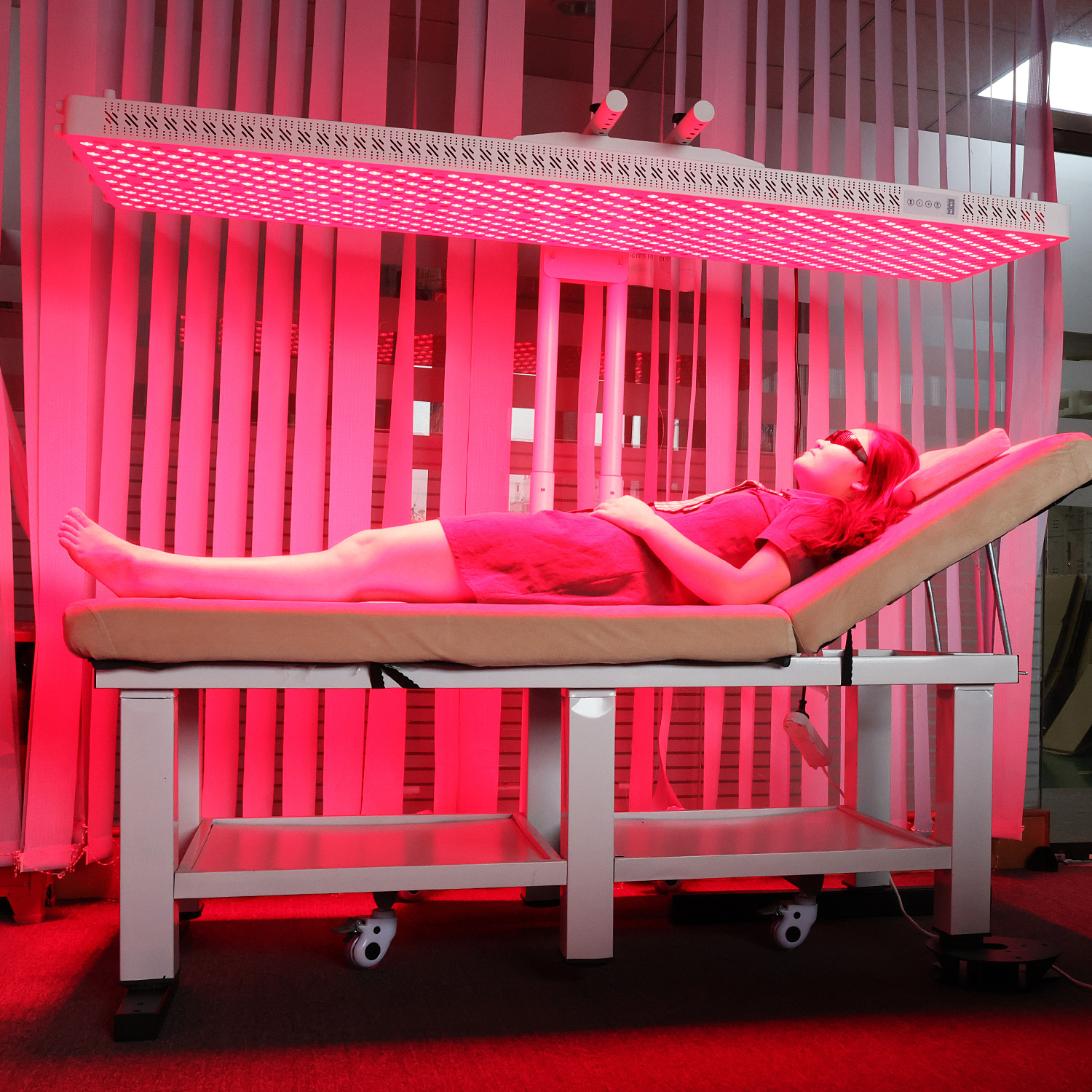In the ever-evolving realm of wellness, red light therapy emerges like a beacon of hope—an avant-garde approach to rejuvenation that merges the wonders of science with the age-old quest for vitality. Just as the sun’s warm rays can invigorate our spirits and power the photosynthesis that sustains life on Earth, red light therapy harnesses specific wavelengths of light to promote healing and wellness. However, while its benefits are becoming increasingly renowned, potential patrons may find themselves wondering about the financial investment required to partake in this luminous journey.
An inquiry into the costs of red light therapy is akin to stepping into a diverse marketplace, where booths flash vibrant colors and beckon with alluring promises. It is essential to navigate this landscape with discerning eyes, understanding that prices can vary significantly based on myriad factors. Among these, the method of application—whether through at-home devices or professional sessions—serves as a fulcrum around which costs pivot.
Primarily, one can engage with red light therapy through two main avenues: in-clinic treatments and at-home devices. Each of these paths carries distinct advantages and considerations related to cost, efficacy, and frequency of use.
In-clinic red light therapy sessions typically range from $25 to $150 per treatment. This variation largely hinges on geographic location, the reputation of the clinic, and the length of the session. In larger metropolitan areas, prices may orbit toward the higher end of this spectrum. However, session length does not always correlate with greater effectiveness, as many practitioners argue that even a brief exposure can yield substantial benefits.
Moreover, some clinics offer package deals that can reduce the per-session cost. A series of treatments—often recommended in succession for optimal results—could see prices drop to approximately $60 to $100 per session when bundled together. This kind of approach can symbolize a strategic investment in one’s health, representing both commitment and the economic savvy that can pave the way toward enhanced well-being.
On the alternative path, at-home devices beckon an increasingly popular option—melding convenience with accessibility. Prices for these devices can vary wildly, starting at around $100 for basic models and soaring to several thousand dollars for more advanced, professional-grade options. Factors influencing the price include the size of the device, specific wavelengths of light utilized, and additional features such as timers or customizable settings. While an initial outlay may appear daunting, the long-term savings of using one’s own device can be substantial, especially considering the durability of quality products.
However, potential buyers must exercise caution, as not all devices are created equal. It is critical to ensure that any at-home solution emits the appropriate wavelengths of red and near-infrared light known to produce therapeutic effects. Investing time in research before procuring such equipment is paramount—much like choosing a trusted guide for a significant expedition into the unknown.
Frequency of treatment constitutes another pivotal element in the cost equation. While some may benefit from weekly sessions, others might find greater efficacy with bi-weekly or even daily exposure. The variability in required treatment frequency not only influences personal health outcomes but also impacts overall spending. For example, a regimen of two professional sessions per week culminates in an expenditure ranging from $2,600 to $7,800 annually, depending on the individual clinic’s pricing structure—an investment that can certainly rival a year of post-secondary education.
In addition to upfront costs, the underlying philosophy surrounding red light therapy merits contemplation. In an age characterized by rapid technological advancement and an ever-increasing reliance on pharmaceuticals, red light therapy serves as a reminder of nature’s own intrinsic tools for healing. It symbolizes a holistic approach, wherein the glowing embrace of light can be transformative, offering benefits that stretch beyond mere physicality to touch the realms of emotional and mental well-being.
Consumer perception plays a critical role as well. Studies have revealed that many patients are willing to pay a premium for services that promise lasting health improvements, underscoring an evolving mindset that prioritizes preventive care over reactive treatment. This evolution is akin to nurturing a seedling into a robust tree—initial investments yield profound dividends over time, fostering the blossoming of a healthier life.
As one delves deeper into the world of light therapy, it becomes evident that understanding the collective tapestry of experiences and costs can not only facilitate informed decision making but also enhance one’s journey toward wellness. Patients might discover that cost is not merely a barrier to entry but part of a larger dialogue about health, energy, and the sustainable pathways we carve through our choices.
Ultimately, as we stand at the intersection of nature and technology, the illumination provided by red light therapy has the potential to cast new light on how we perceive treatment, wellness, and the biological truths embedded in our existence. Whether embarking on the path of professional treatments or embracing the growing trend of at-home devices, one thing remains clear: the journey through the spectrum of light therapy costs reveals an opportunity not only for healing but for shifting the narrative of health in the modern age—ushering in a renaissance marked by vibrancy, resilience, and above all, light.
